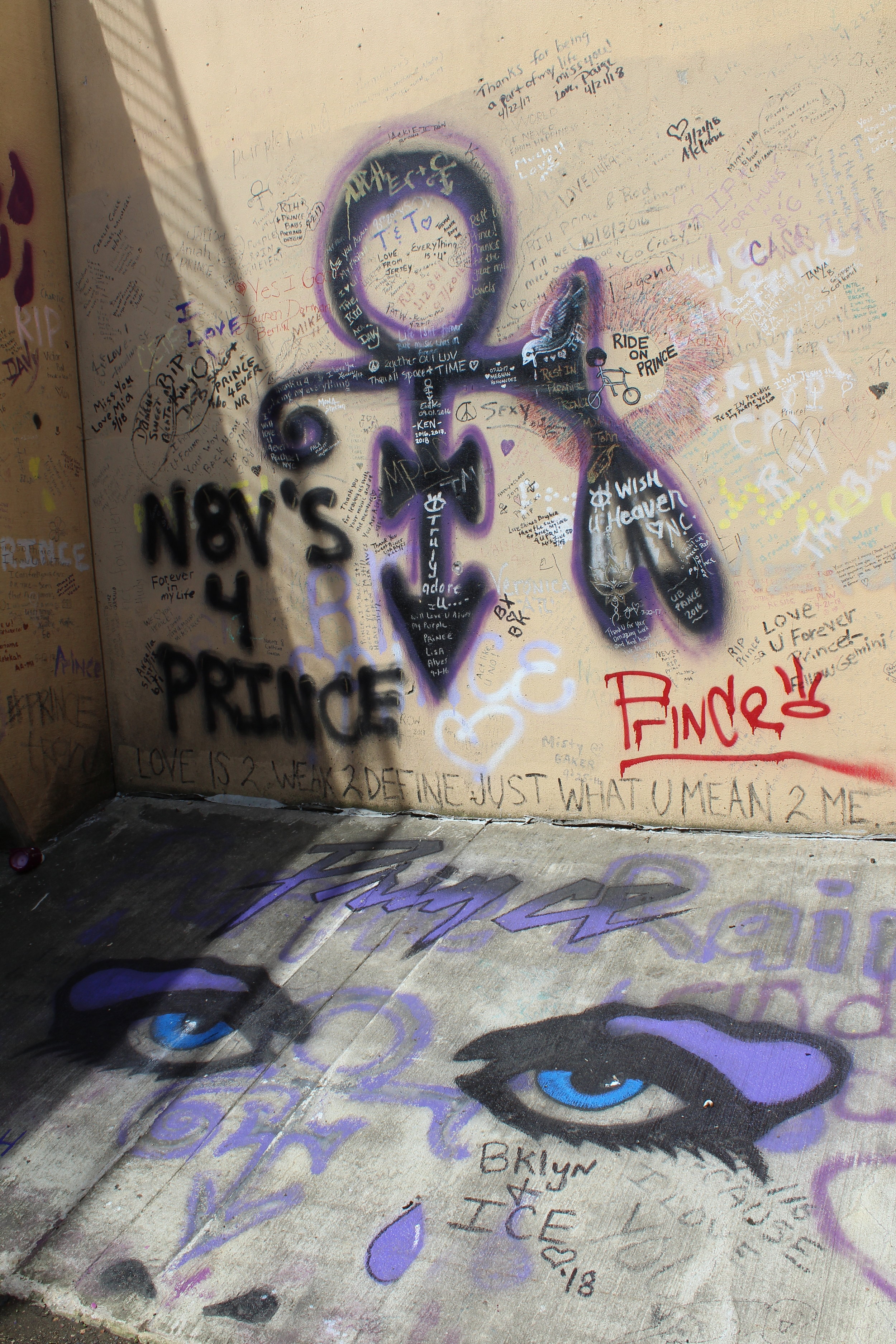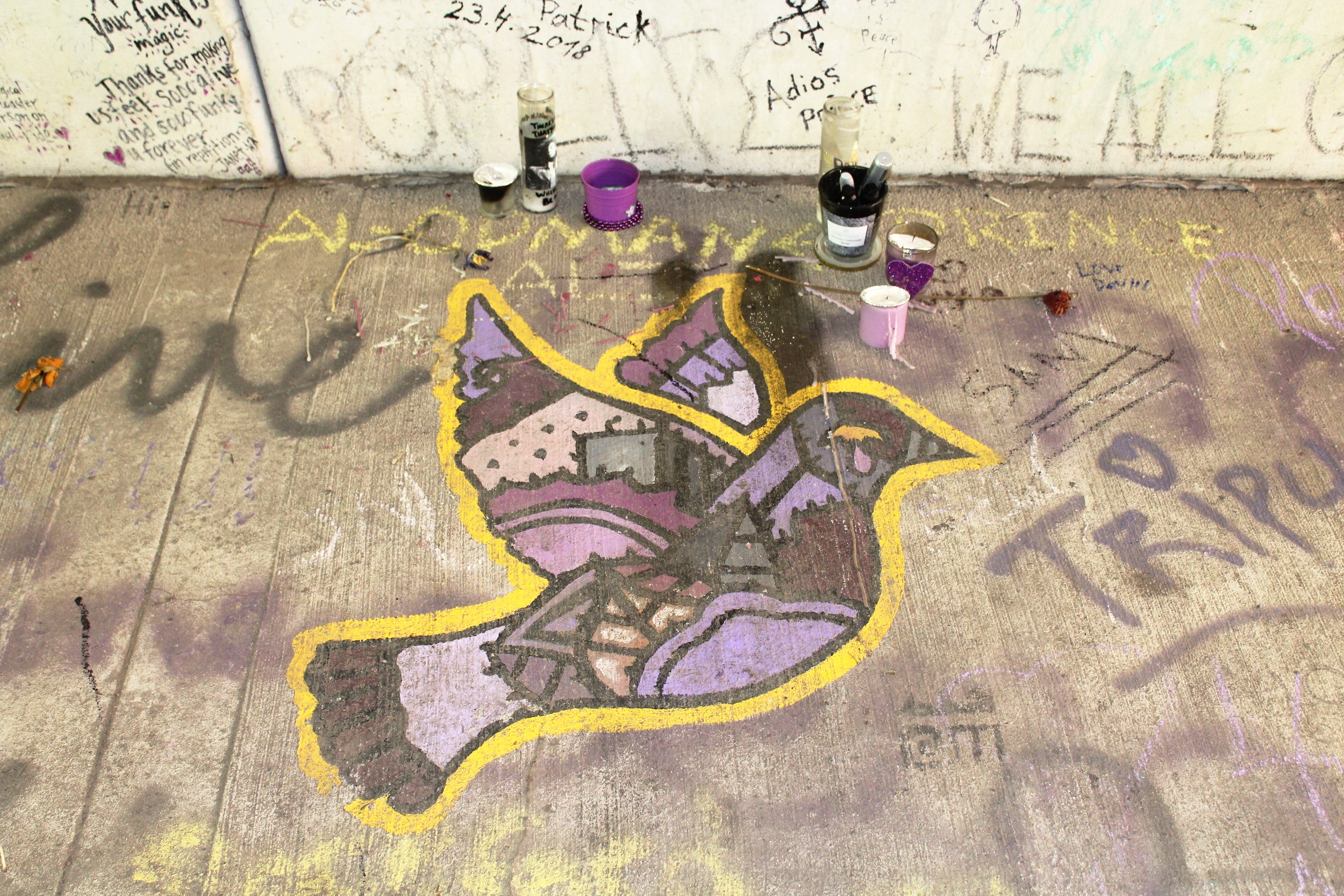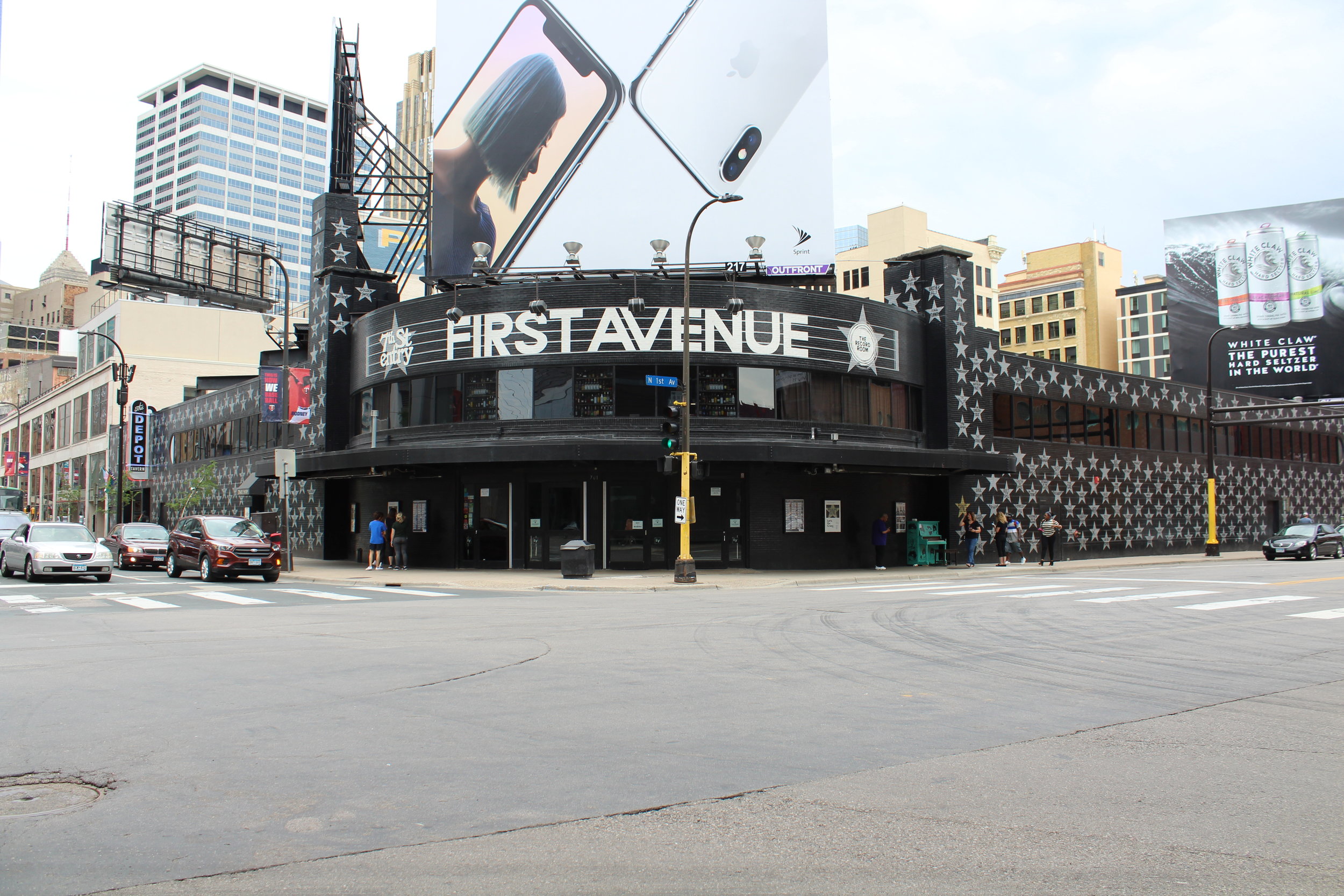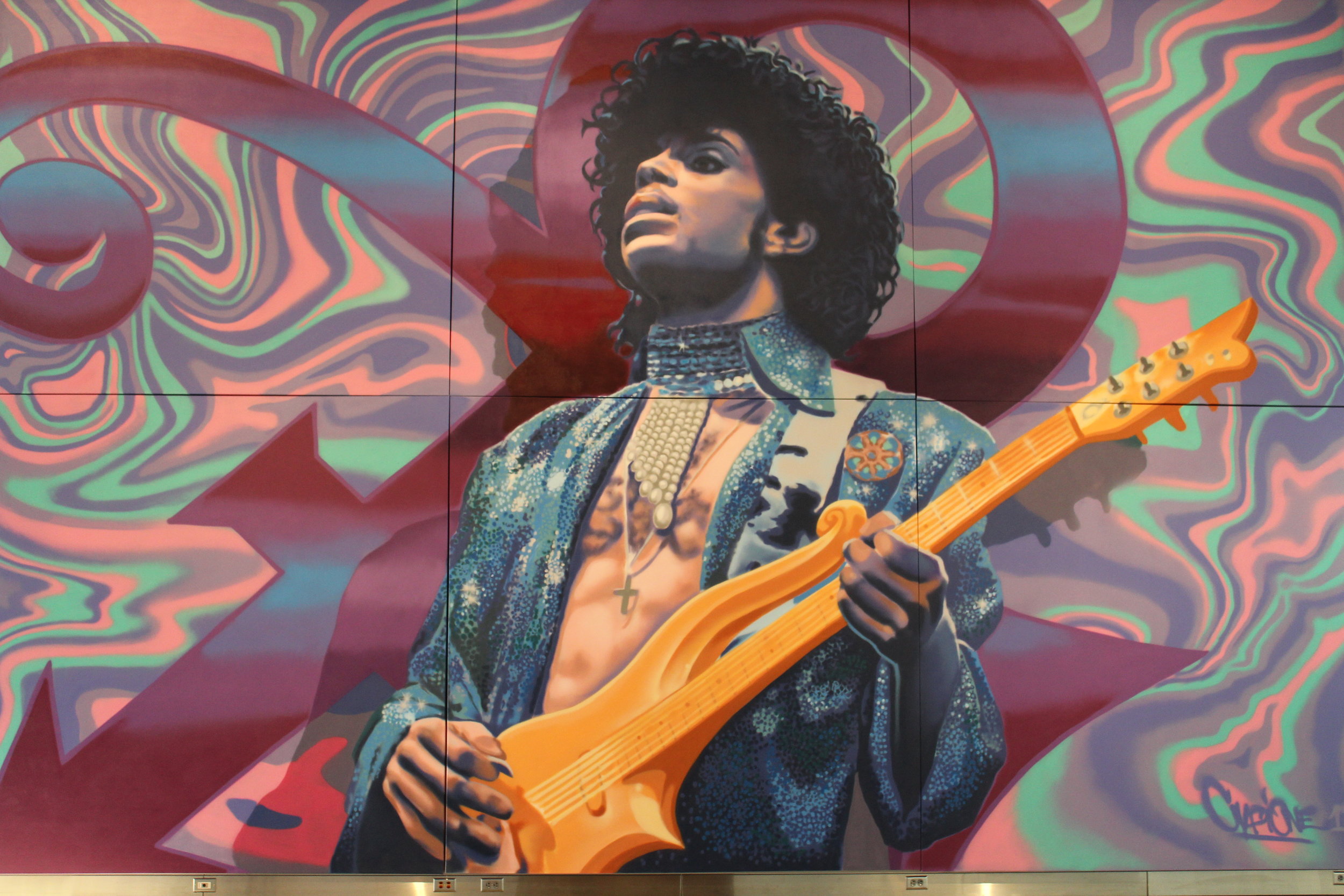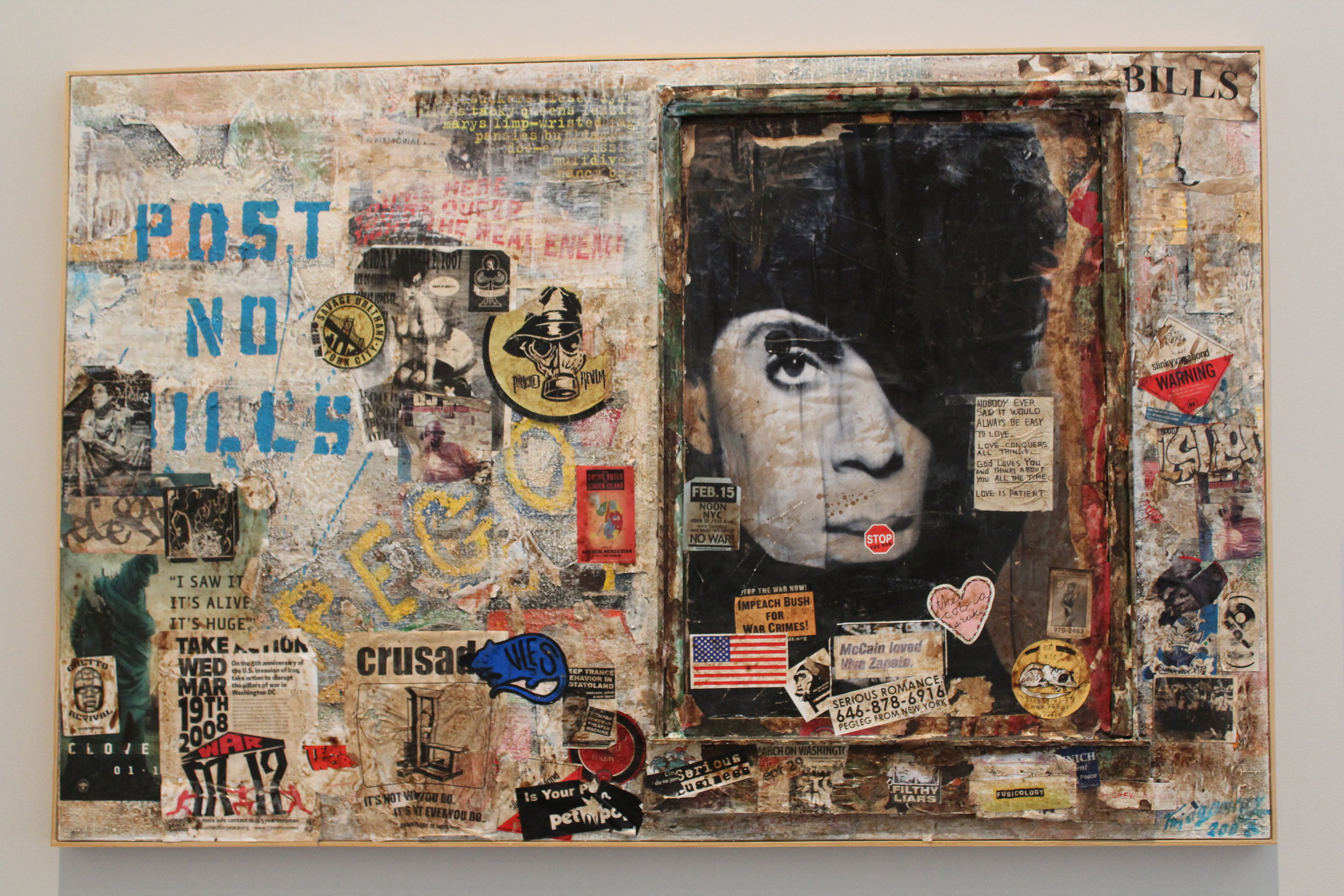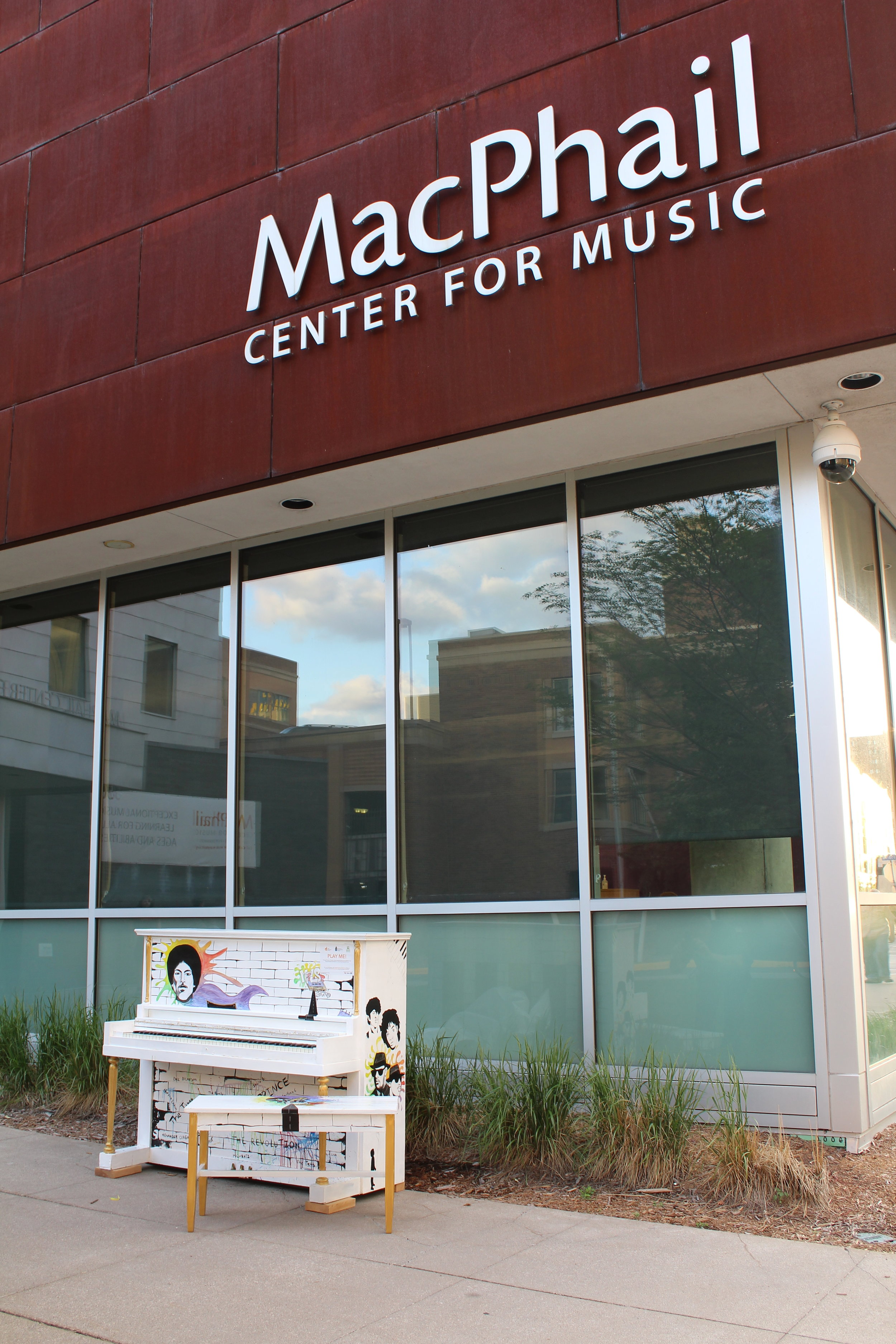The grand opening of the National Museum of African American History and Culture (NMAAHC) was almost two years ago, but getting your hands on tickets can still be quite a challenge. But luckily, for the entire month of September, entry to the museum will be on a first-come, first-served basis Monday through Friday.
If you haven't heard by now the museum can be very emotionally moving experience, but also overwhelming. The beautiful building, designed by David Adjaye features six levels of galleries that could easily take a few days to explore. With over 36,000 artifacts, documents and media in its collection, it's important that you have a strategy to make the most of your visit.
Like all Smithsonian museums, admission is always free. However, timed passes to visit the museum are required for entry. Same-day timed passes are available on their website beginning at 6:30 a.m. daily. However, veterans, active duty personnel, and first responders do not require a pass to visit the museum and may bring one guest along with them. As mentioned previously, for the entire month of September, individuals may enter the museum on a first-come, first-served basis Monday through Friday.
Here’s 10 tips on how to make the most of your visit to the NMAAHC:
Eat a big breakfast (or lunch) before you go. Food is not allowed in the museum, but various food options are available at the museum's Sweet Home Cafe. View the menu here.
Take public transportation to the National Mall. Parking in downtown DC can be (an expensive) challenge. Taking the Metro train to the Smithsonian stop is a much smarter option, with the NMAAHC within walking distance. View the Metro map and time schedules here.
Check the events calendar and list of special exhibitions before you arrive. Prioritize the exhibits you definitely want to see during your visit. Watching Oprah: The Oprah Winfrey Show and American Culture is the newest.
Download the NMAAHC app before your visit. Available for iOS and Android here.
Wear comfortable shoes for hours of walking and standing.
Bring bottled water. It is allowed in the museum.
Arrive about 15 minutes before your scheduled ticket time.
Pack light. There is no coat check so be prepared to carry your coat or bag with you throughout the museum.
Start on the top floor and work your way down. This is the best strategy to avoid the crowds if you don't want to waste time standing in line for the lower-level galleries.
Don’t try to read every artifact’s description. Every item in the museum is intriguing, but you won't get to see much if you try to read every detail. Use your first visit to get an overview and dive in for more detail on a future visit.
Fountain inside the NMAAHC's Contemplative Court
(photographs by Leah Castleberry)










